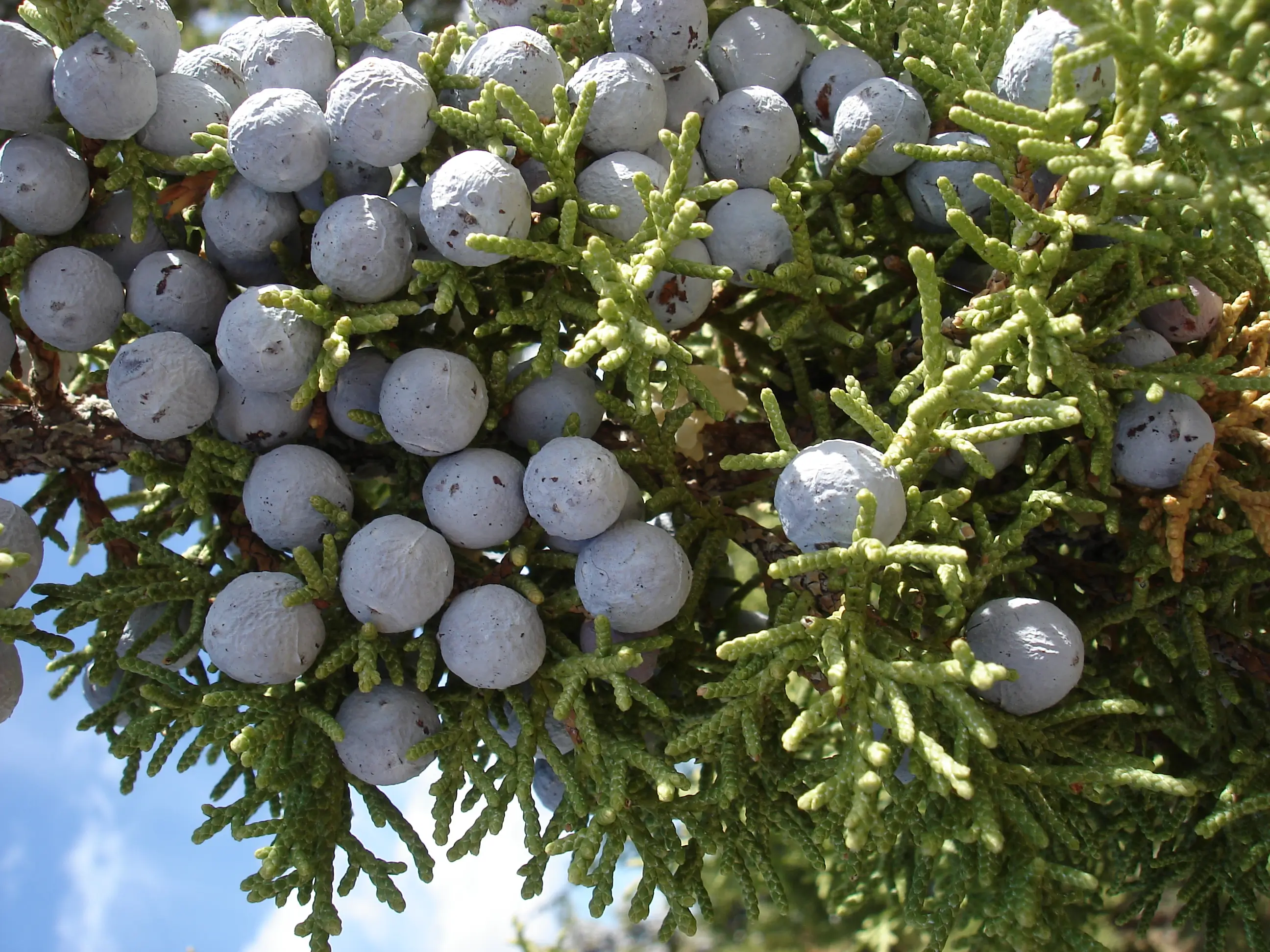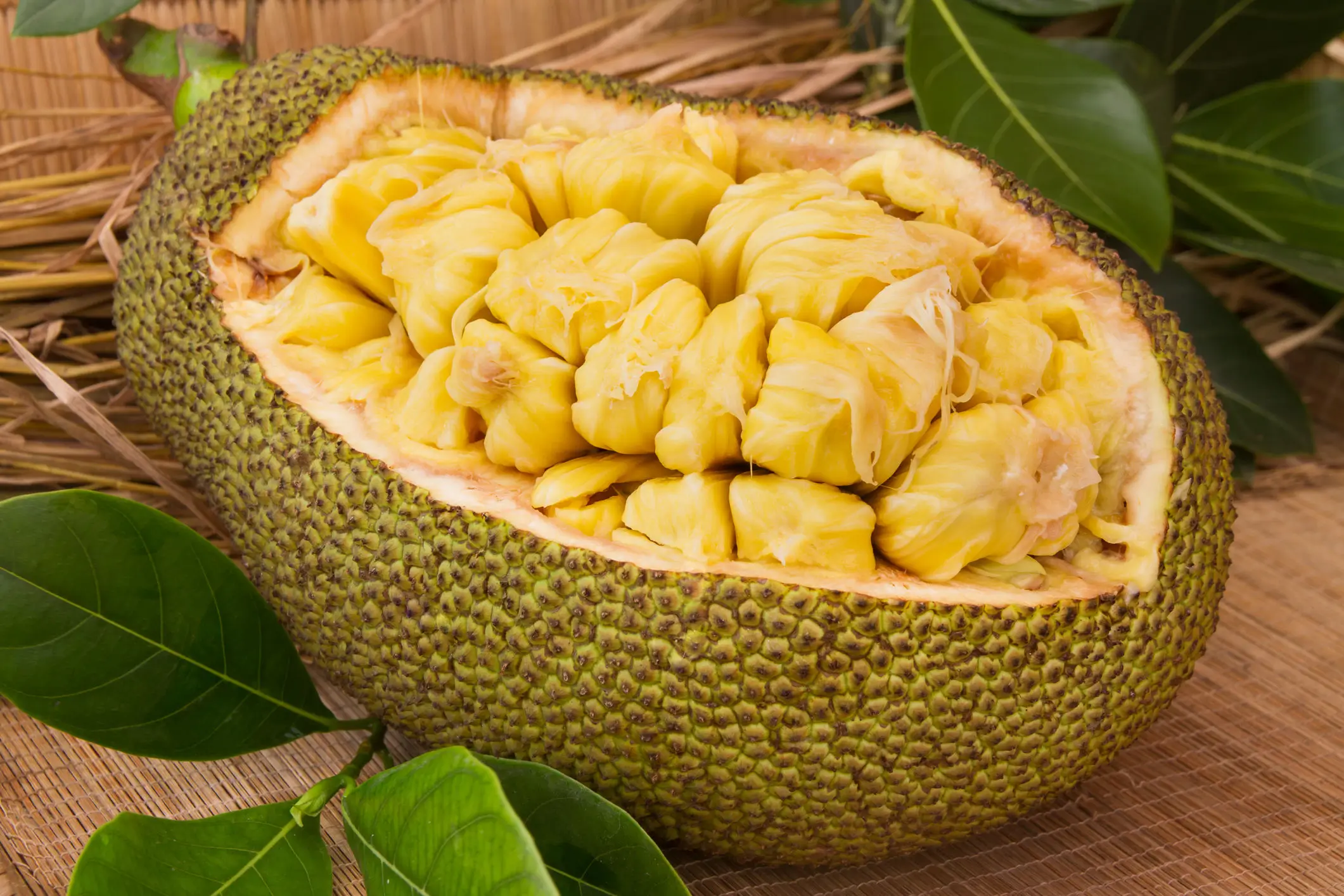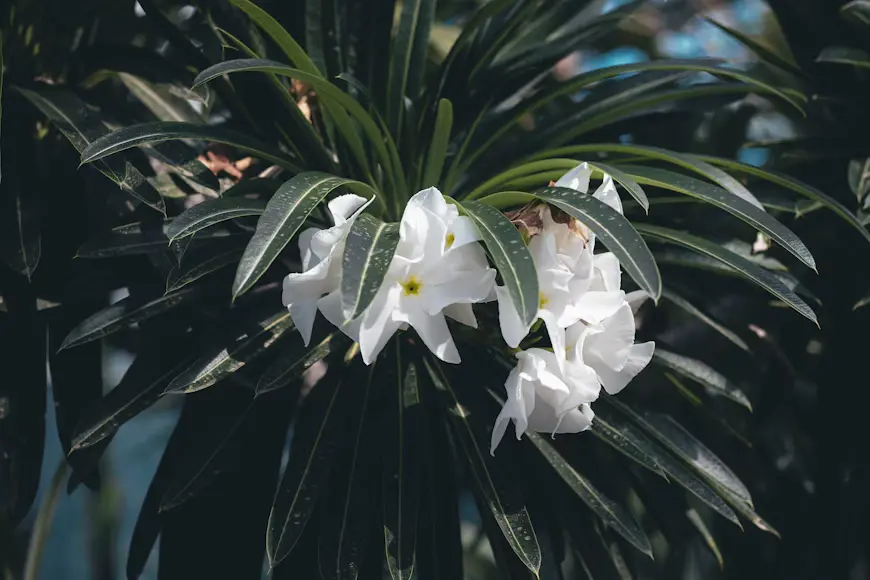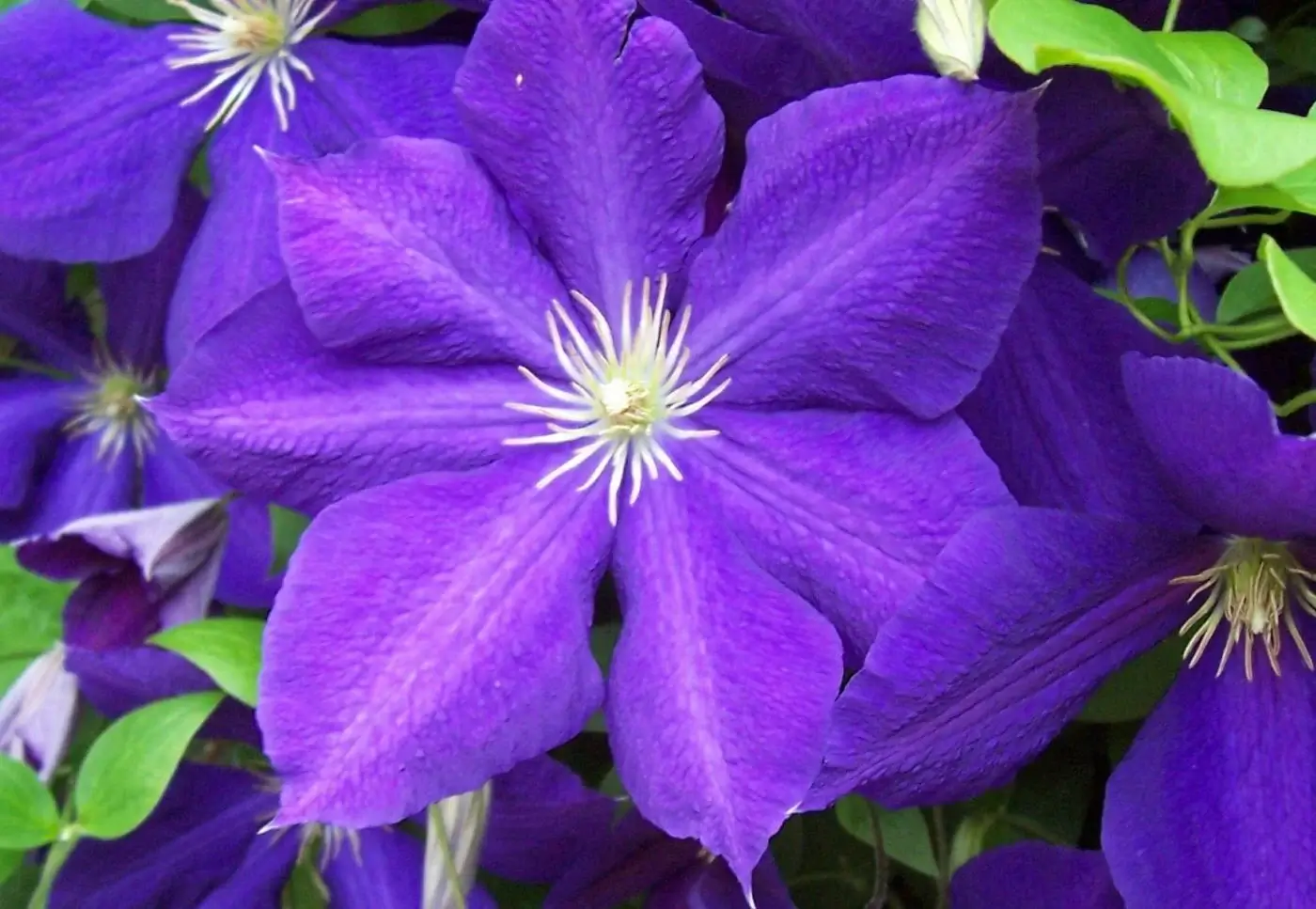
Soil Health & Fertilization
We unite suppliers and green industry professionals worldwide
Meet the Utah Juniper (Juniperus osteosperma) - a natural wonder of persistence! This tough evergreen shrub can take what most plants cannot: intense heat, ricky soil, biting cold and prolonged drought.
By Victor Miller
|Published on June 12, 2025


“Have you ever thought how some plants manage to grow in some of the harshest, driest, hottest places on Earth?”
Meet the Utah Juniper (Juniperus osteosperma) - a natural wonder of persistence! Native to the arid mountains and deserts of the American West, this tough evergreen shrub can take what most plants cannot: intense heat, ricky soil, biting cold and prolonged drought. It’s an iconic fixture of the western landscape, often seen twisted and gnarled by centuries of weather, standing resilient against the forces of nature.
In addition to its hardiness, Utah Juniper has a graceful, classic beauty. With its silvery blue foliage, sculptural form and small berrylike cones, it brings a touch of wild America to your yard or garden, demanding almost no pampering in return.
| Botanical Name | Juniperus osteosperma |
| Common Name | Utah Juniper |
| Type | Evergreen conifer |
| Height | 10–25 feet tall |
| Sunlight | Full sun |
| Soil | Sandy, rocky, well-drained |
| Water Needs | Low |
| Hardiness Zones | 5–9 (USDA) |
| Time to Maturity | Slow-growing, reaching full size over decades |

September 25, 2025
9 minute read
September 24, 2025
9 minute read
September 23, 2025
10 minute read
September 22, 2025
9 minute read


Join as a seller and connect with thousands of B2B buyers nationwide!
Sign Up

Jackfruit
A fast-growing tropical tree that yields enormous, nutrient-rich fruits with a sweet, exotic flavor

Madagascar Palm
The Madagascar Palm (Pachypodium lamerei) is a plant that has many gardeners wondering just that. Despite its name, it’s not a real palm, it’s a succulent, but it absolutely earns its place as a dramatic showpiece.

Jackman Clematis
A Beautiful Spring Climber that Adds Drama to Your Garden

Jade Plant
A Timeless Succulent That Brings Elegance and Luck
Utah Juniper is a plant for those who love a "set it and forget it" approach to landscaping. This tough tree is very drought resistant when established and requires very little care to do well. It’s great for xeriscaping, dry gardens and as a landscape accent in naturalistic landscapes where water is a consideration.
All you need is a sunny spot and some well-draining soil and Utah Juniper will do the rest.It rarely needs fertilizing, tolerates poor soil, and resists pests and diseases exceptionally well. Patience is the key, as it is a slow grower, but its impressive character is well worth the wait.
Full sun is the key to Utah Juniper's success. It requires at least 6 – 8 hours of direct sunlight each day to keep the foliage lush and healthy. In shady areas, the plant tends to be sparse and leggy and more susceptible to disease. Select an open, sunny location where it will receive full sun all day.
Utah Juniper is highly versatile regarding the types of soil that it will happily grow in as long as it is well-draining. It likes sandy, gravelly, or rocky soils, mimicking its natural desert environment. Heavy, clay soils need to be mixed with sand or grit to improve drainage, alternatively the tree could suffer from root rot.It thrives in poor, low-fertility soils and is highly tolerant of alkaline conditions.
One of the most drought-tolerant trees you can grow, the Utah Juniper requires little watering once it’s established. Young trees should be watered frequently during the first year to promote strong root growth, but mature ones typically require very little water except during prolonged drought. Overwatering is one of the few things that can harm this tree—always allow it to totally dry between waterings.
Trimming Utah Juniper preserves its natural shape and eliminates any damaged growth. Here’s how to do it:
Bonus: Light, routine pruning maintains tree health and showcases its sculptural beauty.
Utah Juniper is propagated by seed or cuttings, but it requires patience:
Though not typical, you can grow Utah Juniper on patios or in smaller gardens in larger containers:
For zones 5 and up, Utah Juniper needs no special overwintering attention outside. Because of its natural ability to tolerate extremely cold temperatures, it can handle severe winter temperatures without any difficulty. For potted plants in coldest zones, wrap the container with burlap or insulation to keep roots from freezing solid. Minimize watering in winter but don’t allow the roots to dry out entirely.
Utah Juniper doesn’t have showy flowers like other plants do. Instead, it produces small, inconspicuous yellowish male flowers and greenish female flowers, which later turn into the characteristic blue-gray berry-like cones. These “berries” are preferred food for birds and wildlife, providing nutritional value for your property too.
Even though Utah Juniper is known for being as tough as nails, watch for:
Utah Juniper is a masterclass in endurance and beauty. This tough native plant adds structure, year round color, and even charm to landscapes where many plants just cannot thrive. Just give it sun, good drainage, and a little room to show off — and it will quietly reward you for decades to come.
Yes! Deer typically avoid Utah Juniper due to its tough, aromatic foliage.
Very slow — plan to get just a few inches of growth per year, especially if dry.
Yes, but due to its slow growth, it's better for long-term planning rather than quick coverage.
Technically, no. While some juniper berries are used for flavoring (like in gin), Utah Juniper berries are not generally consumed and may cause mild toxicity if eaten in large amounts.

Soil Health & Fertilization
Victor Miller

Pest Identification & Prevention
Victor Miller

Lawn Care Tips & Maintenance
Victor Miller

Soil Health & Fertilization
Victor Miller

Smart Irrigation Systems
Victor Miller

Patios, Walkways & Driveways
Victor Miller

Soil Health & Fertilization
Victor Miller

Pest Identification & Prevention
Victor Miller
My Account
Our team is always here to help.
We are open Monday - Friday, 9:00 AM to 4:30 PM PST.